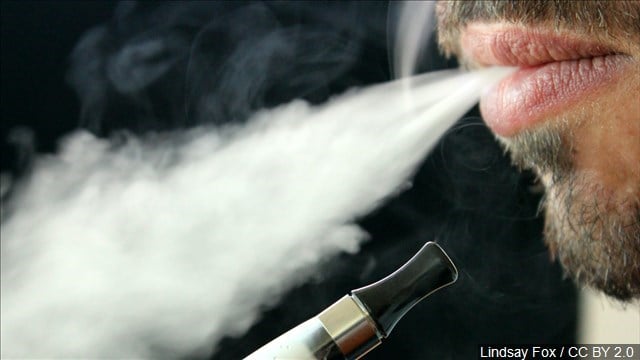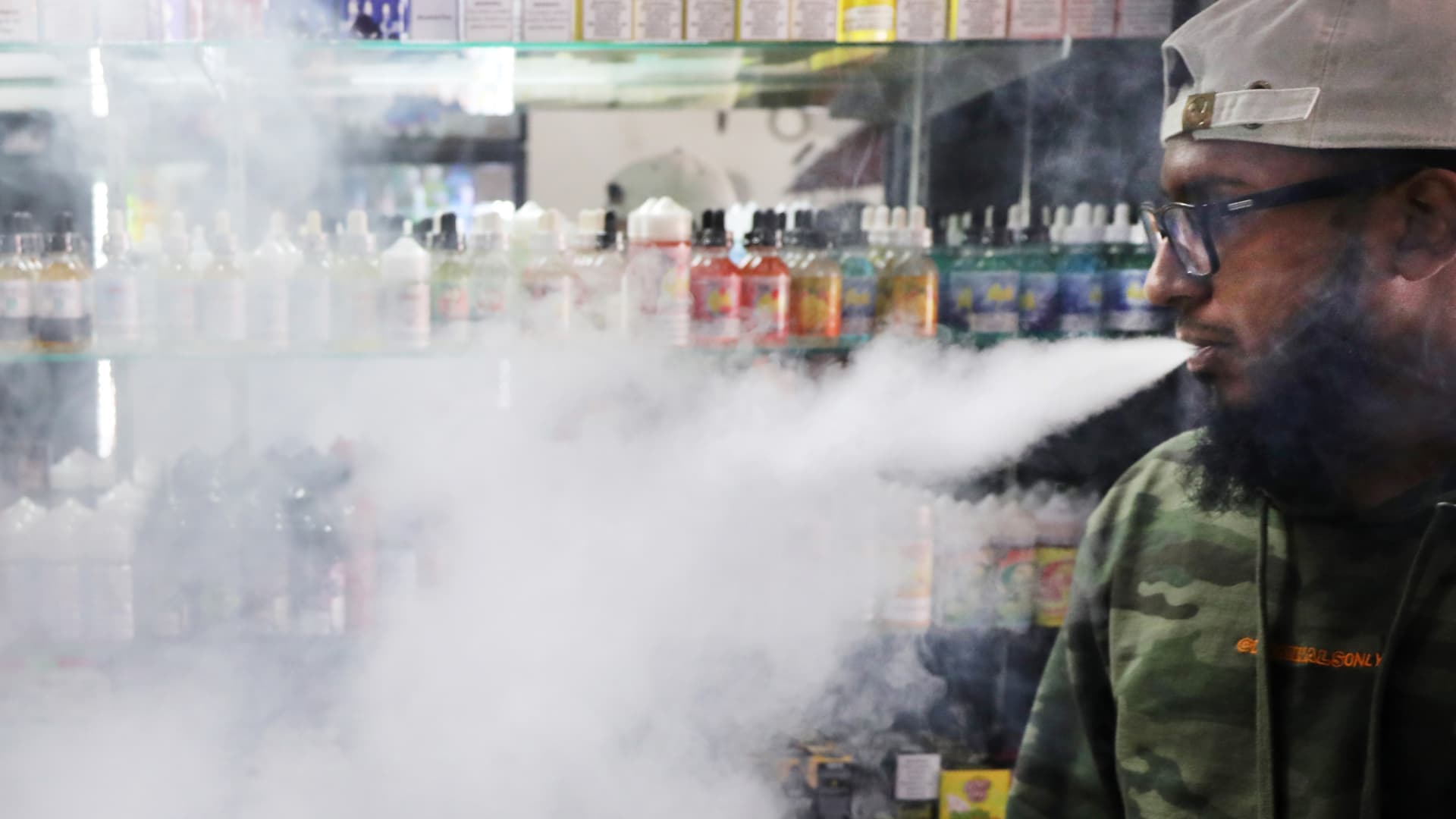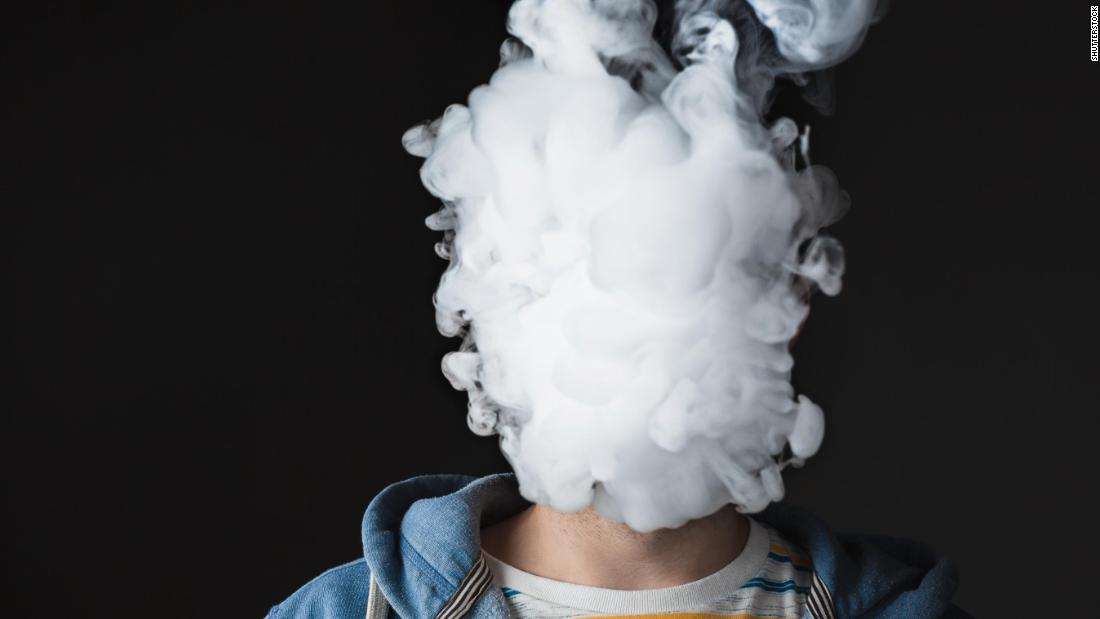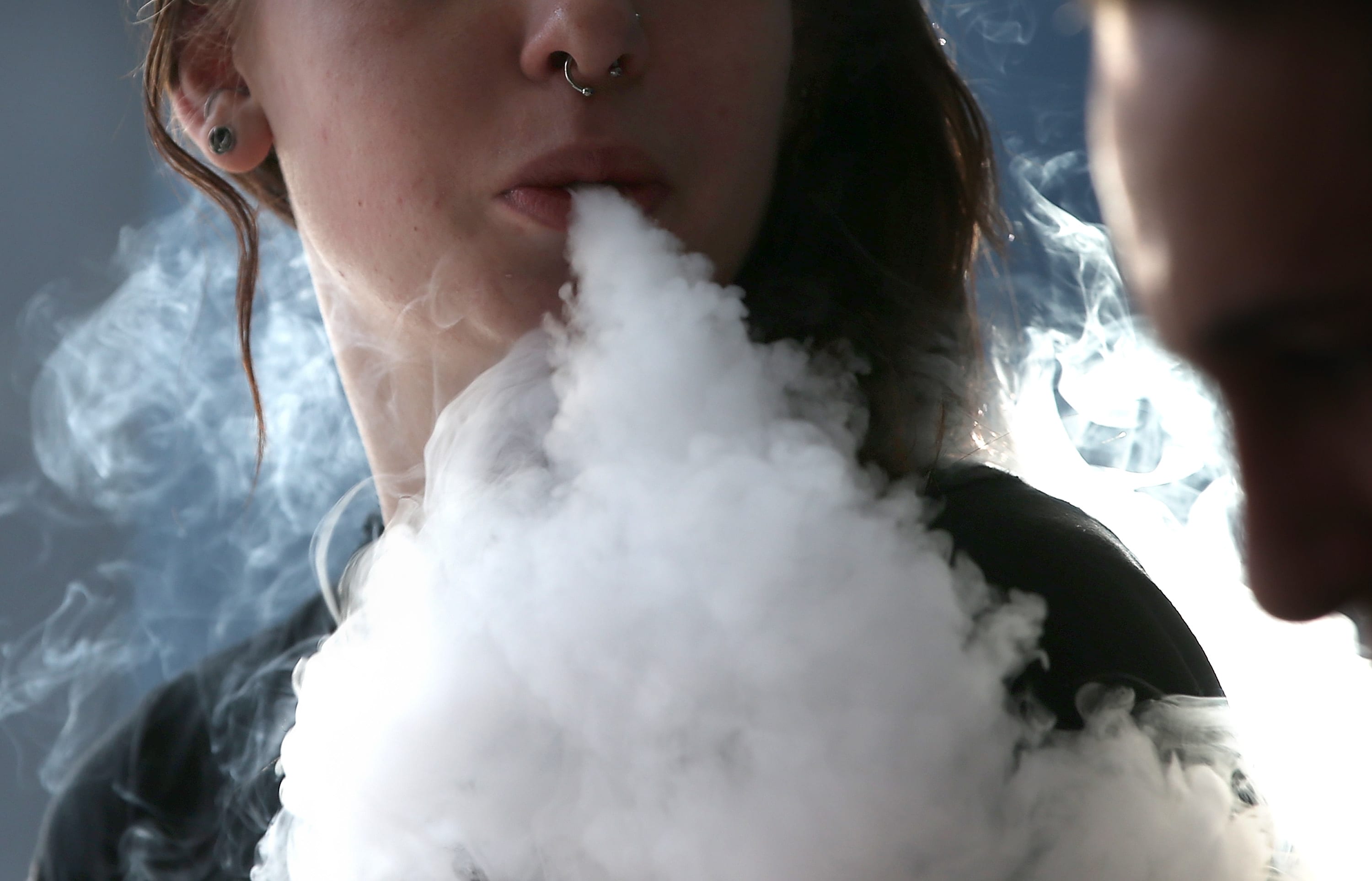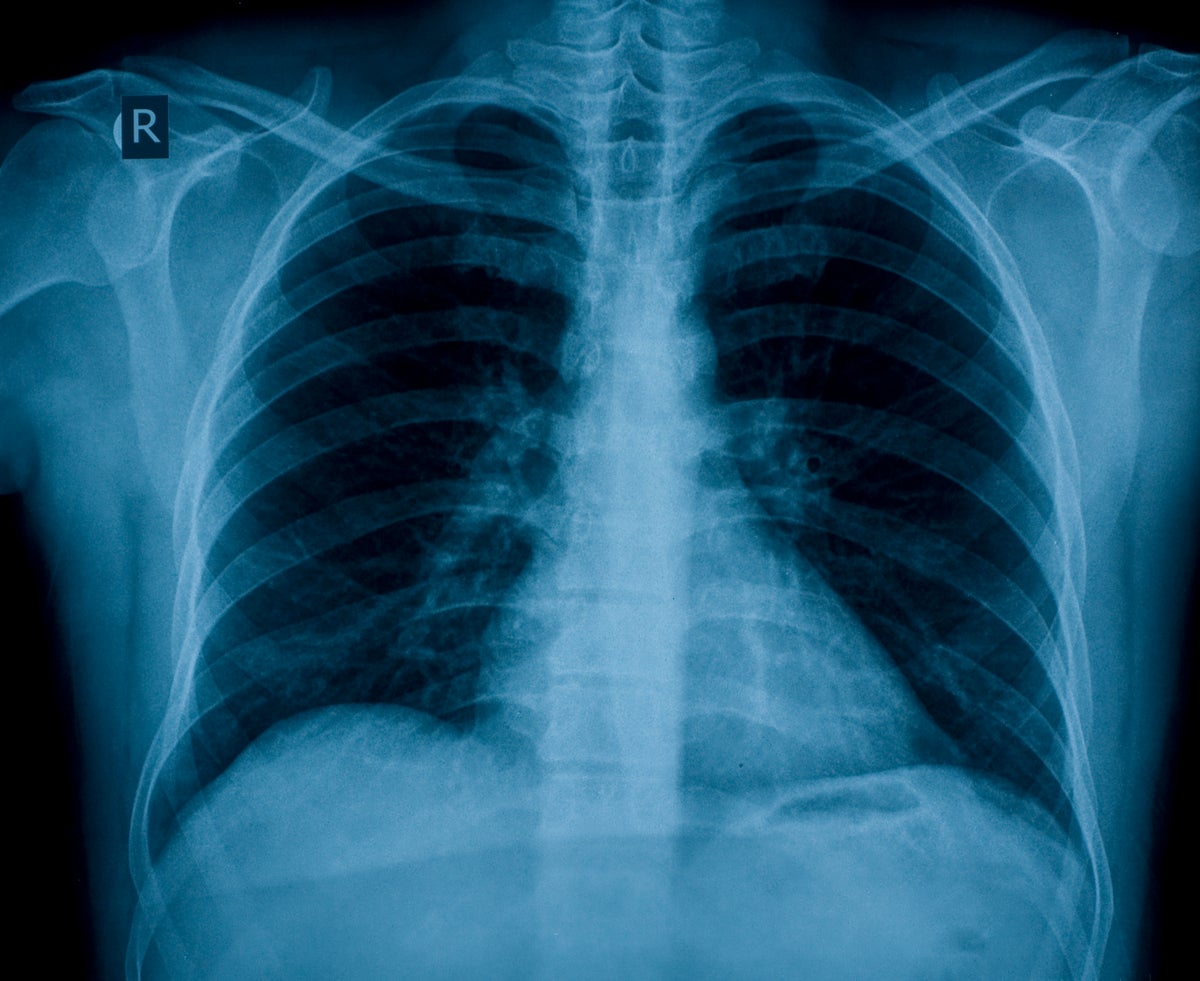TOPEKA, Kan. (AP) -
Kansas' Governor Laura Kelly has announced another death related to vaping and e-cigarettes in Kansas.
A news release from the office of the Governor says the victim was a man over the age of 50.
“Today, I am saddened to announce the death of a second Kansan in association with this outbreak,” Governor Kelly said. “Dr. Lee Norman and his team with the Kansas Department of Health and Environment are working tirelessly with other states and organizations to gather facts on e-cigarettes and its effects. We are coordinating a response to combat this epidemic, so that families can avoid such tragic outcomes.”
As of September 23, Kansas has had two confirmed deaths related to vaping. The first was a woman over the age of 50 who had underlying health conditions. This most recent case was a man who also had underlying health conditions.
There are currently nine probable/confirmed vaping-related cases in Kansas. Of these cases, five are men, and four are women. All have been hospitalized and range between the ages of 17 to 67-years-old. The types of products vary between, nicotine only, THC only, CBD only and a combination of THC and nicotine.
KDHE is not releasing locations of those affected or any info regarding specific cases due to the small number of those affected.
The CDC reports the number of vaping-related illnesses in the U.S. has climbed to 530, with several deaths nationwide. These new numbers indicate a 40 percent increase from last week, when the agency reported 380 cases in 36 states and the Virgin Islands. Half of the patients are under 25 years old.
In response to this dramatic increase, the CDC has opened its Emergency Operations Center.
The news release goes on to say "The state of Kansas is working swiftly to address this epidemic and is actively reviewing policy options."
Dr. Norman has been chosen to testify before Congress concerning the effects of e-cigarettes, and will offer his testimony in front of the United States House Energy and Commerce Oversight and Investigations Subcommittee on Wednesday, Sept. 25.
“E-cigarettes are unregulated, which means that we don’t know what’s in them,” Dr. Norman, KDHE secretary, said. “And, of great concern to me, is that in the midst of all these illnesses being reported, the amount of young people using them is significant.”
About 96% of youth who started using e-cigarettes in 2016 and 2017 used flavored e-cigarette products, making them the most commonly used tobacco product among youth.
According to preliminary findings from the 2019 National Youth Tobacco Survey (NYTS), over 25%r of U.S. high school students report using an e-cigarette product in the past 30 days, an increase from 2018 when the rate of past 30-day use was 20.8%.
“Most teens who vape have never smoked cigarettes,” Norman said. “Vaping is how they are initiating inhaling things into their lungs. We must work diligently and swiftly in addressing this public health crisis.”
In response to marketing concerns, the FDA proposed a new rule on Friday that would only allow e-cigarette products to be sold after they've shown they can be marketed in a way that best protects public health.
This summer, the FDA was ordered by a federal judge to require all e-cigarettes to submit to federal review by May 2020.
“Until these rules and regulations go into effect, education is our best defense,” Secretary Norman said. “Talk to your kids. Talk to your grandkids. Keep talking about these issues.”
To increase education regarding e-cigarettes and what the tobacco industry has termed as “vaping,” KDHE and the Kansas Department of Education partnered to develop a Vape-Free Schools kit. Schools are urged to adopt the kit and parents and caretakers are encouraged to have conversations with their children. Tips are available from the Surgeon General
here.
Governor Kelly also urges Kansans to follow the CDC's advice regarding vaping: "While this investigation is ongoing, people should consider not using e-cigarette products. People who do use e-cigarette products should monitor themselves for symptoms (e.g., cough, shortness of breath, chest pain, nausea, vomiting, abdominal pain, fever) and promptly seek medical attention for any health concerns."
[....]

 bringmethenews.com
bringmethenews.com





